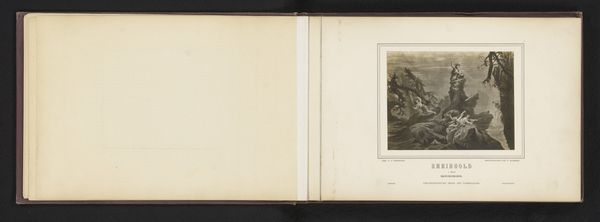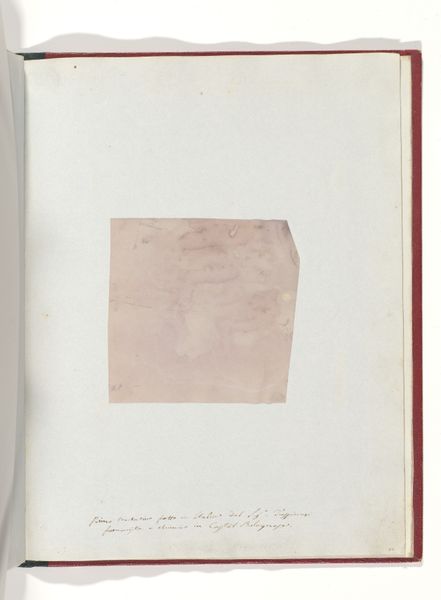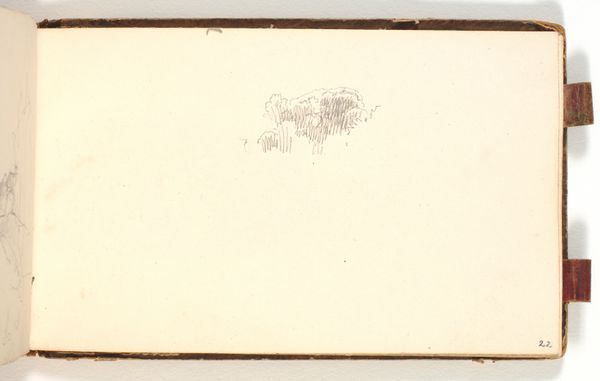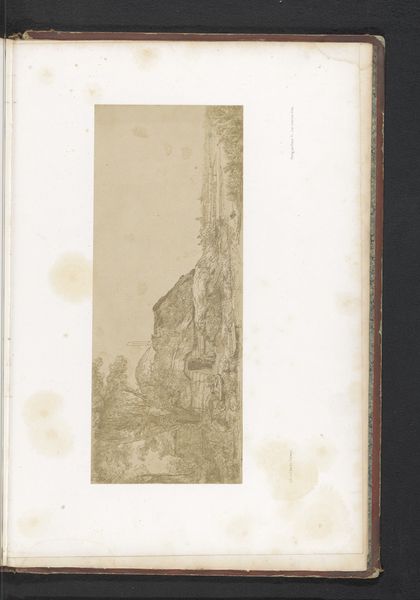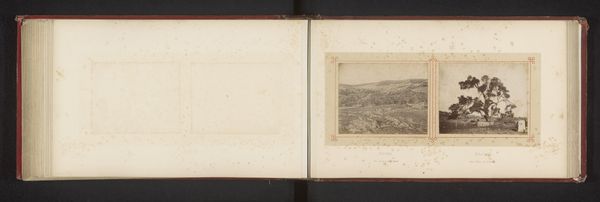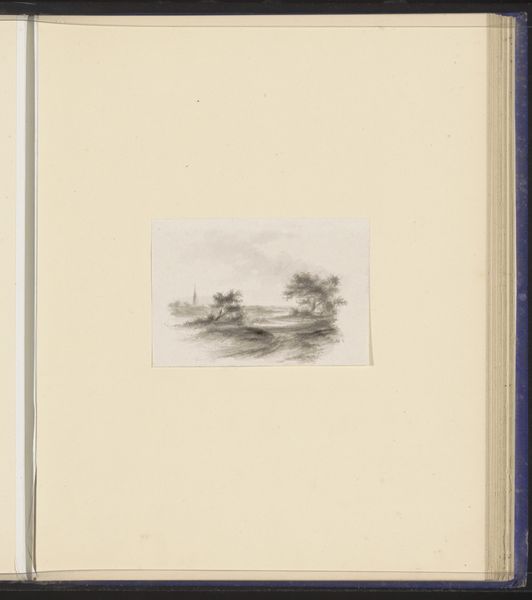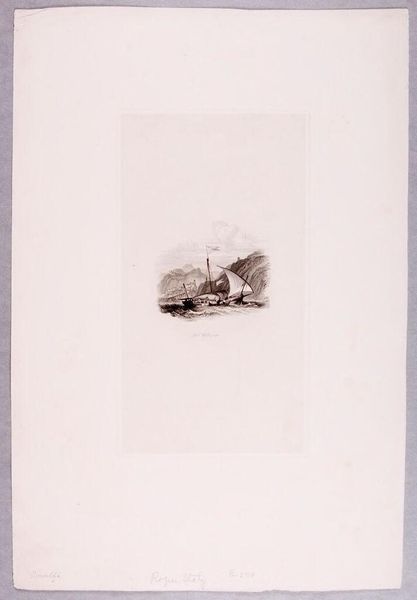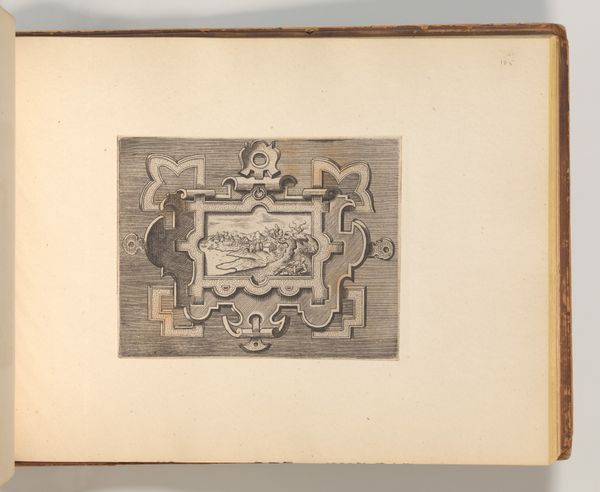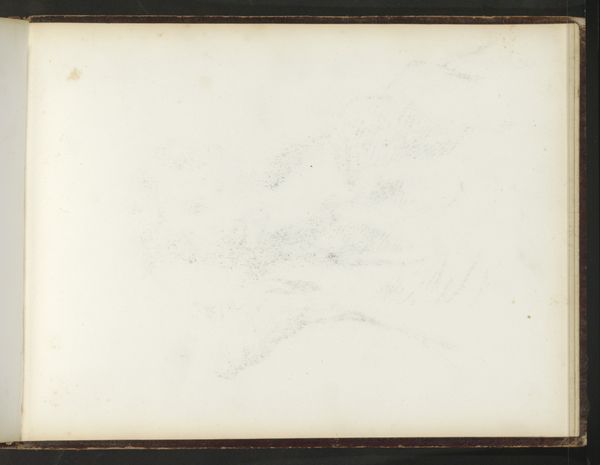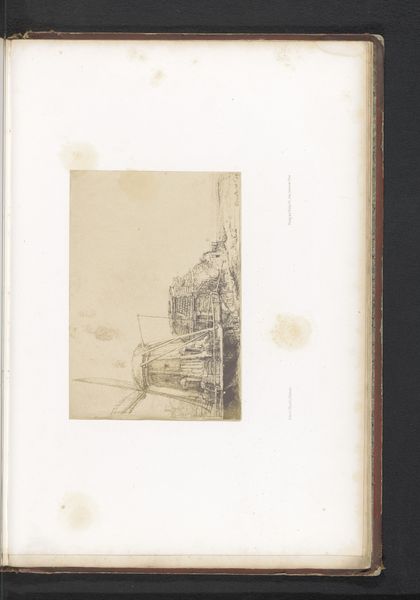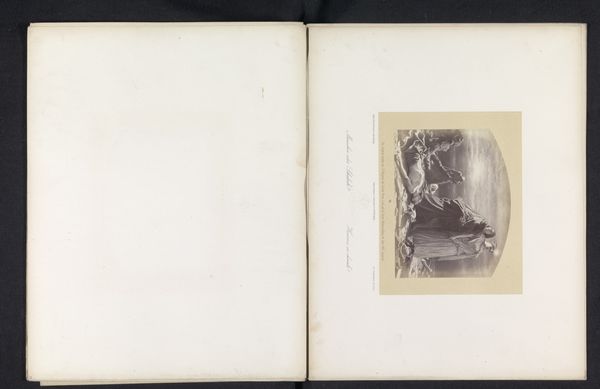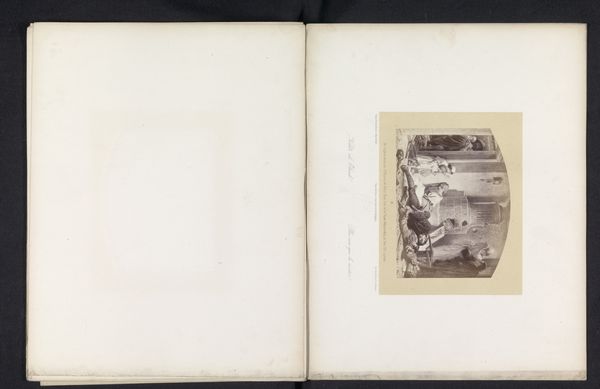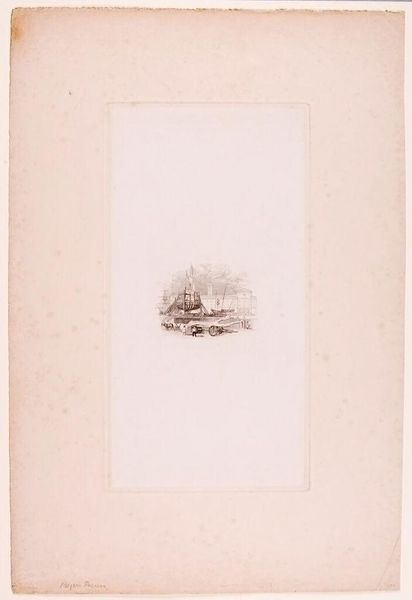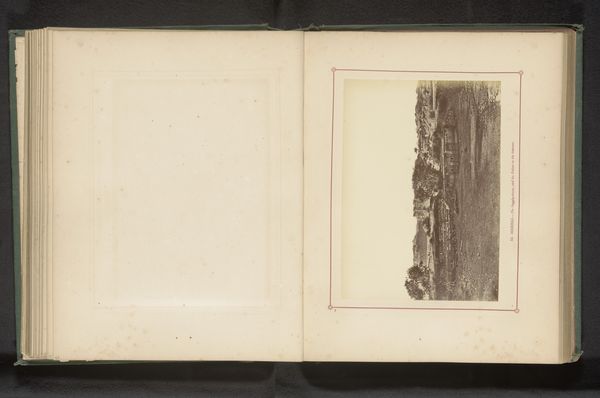
drawing, daguerreotype, photography, pencil
#
drawing
#
boat
#
landscape
#
daguerreotype
#
photography
#
pencil
Dimensions: 15.2 x 10.1 cm (6 x 4 in.)
Copyright: Public Domain
Editor: Here we have William Henry Fox Talbot's "Villaggio," created around 1839. It appears to be a daguerreotype, showing a village scene with a windmill and some boats. It has an almost dreamlike quality, but there's something very immediate about the way the scene is captured. What strikes you about this piece? Curator: What grabs me is the confluence of process here. It is essential to understanding Talbot's social context, because we must view him not as an artist, but a researcher, exploring chemistry and optics, utilizing light-sensitive paper. Here, we see a pivotal moment, early experiments in photography wrestling with artistic conventions, of drawing and painting of landscape. Editor: So, it's less about artistic vision and more about technological experimentation? Curator: Precisely! Talbot’s “Villaggio” documents a specific moment, but it also showcases the limitations and potential of the daguerreotype process itself. Note the sepia tone; how does it contrast with contemporary materials? Does it signal the start of accessible portraits and documentations, transforming how the 19th-century public views itself? Editor: That’s a really interesting point. I was focused on the aesthetic, the composition. I hadn't considered the implications of accessible imagery for that period, or the transformation of seeing it happening through labor. Curator: Exactly. Consider how the mass production of images impacts society, not just aesthetically, but in terms of labor, value, and access to representation. Talbot’s explorations represent the origins of contemporary visual production and culture. Editor: I'm seeing this in a completely new way now. Thanks for illuminating that! Curator: And thank you for framing it with the important artistic perspective – finding beauty within technological process and cultural transformation.
Comments
No comments
Be the first to comment and join the conversation on the ultimate creative platform.
